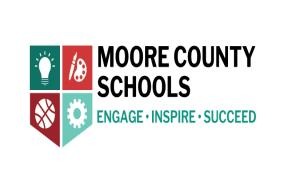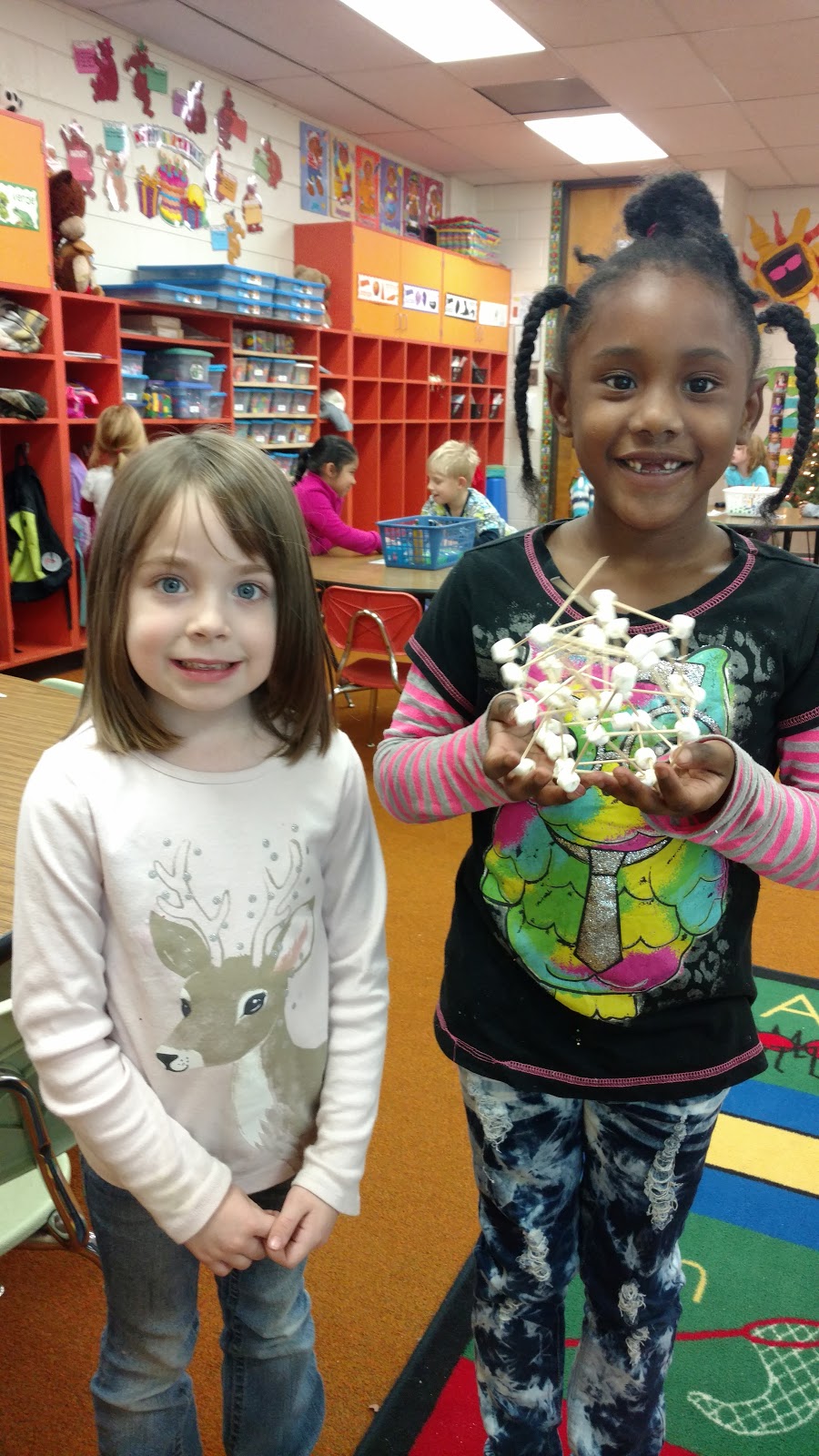- Author:
- Carrie Robledo
- Subject:
- English Language Arts, Science, STEM
- Material Type:
- Activity/Lab, Lesson Plan
- Level:
- Preschool, Lower Primary
- Tags:
- License:
- Creative Commons Attribution
- Language:
- English
Education Standards
Huff and Puff Engineering - Planning Sheet
Huff and Puff Engineering - Wolf Handout
K: Huff and Puff Engineering

Overview
After reading various versions of The Three Little Pigs, students will plan and design houses that could protect the little pigs from the Big Bad Wolf (a hair dryer).
Instructor Directions
Kindergarten:
Huff and Puff Engineering
| Driving Question / Scenario | Can you build a house to protect your little pig from the Big Bad Wolf Hair Dryer? |
| Project Summary | After reading various versions of The Three Little Pigs, students will plan and design houses that could protect the little pigs from the Big Bad Wolf (a hair dryer). |
| Estimated Time | 1-2 class periods (2 if going through 2 complete engineering cycles) |
| Materials / Resources | Small marshmallowsToothpickPig - Must fit inside house - can use printout or small plastic pigs if availableWolf face printoutPaper platesPlanning Handout |
| Standards | K.P.2.1: Classify objects by observable physical properties (including size, color, shape, texture, weight, and flexibility). |
| Project Outline | |
| Ask | Introduce students to the materials they will be using (candy dots, toothpicks, and piggy cutouts). Have students describe the materials by their physical properties (including size, color, shape, texture, weight, and flexibility). |
| Imagine | Have students from groups of 2-3 students each. In groups, have students brainstorm different ways they could use their materials to design a house the pig will fit into. |
| Plan | Model the planning process with the whole group using the planning sheet. Ask students in groups to develop a plan for their design and then record it onto the planning sheet. |
| Create | Using the plan the students created in their small group, students build the house design out of toothpicks and candy dots. Let students know that part of the “make” portion of the engineering process is to test the design and look for ways to improve it. Test each design with the big bad wolf hair dryer. As you test, have students observe and identify reasons some houses were stronger than others. |
| Improve | In their small groups, students use the ideas from the whole group to plan/design their first improvement on their planning sheet. When the improvement has been planned, students then create it using their materials. The Big Bad Wolf Hair Dryer is used to test the new design. Based on this test, students mark on their planning sheet if their second design was better or worse than the first. |
| Closure / Student Reflections | Close the lesson up in whole group. Review the engineering process and how they used it to improve their designs.Review the physical properties of the materials used and how these properties helped or hurt their houses chances of blowing over (size, weight, flexibility, texture).Ask students questions such as:
|
| Possible Modifications / Extensions |
|
Sample Pictures / Video
 |  |
 |  |
 Video Link - Trial Example |